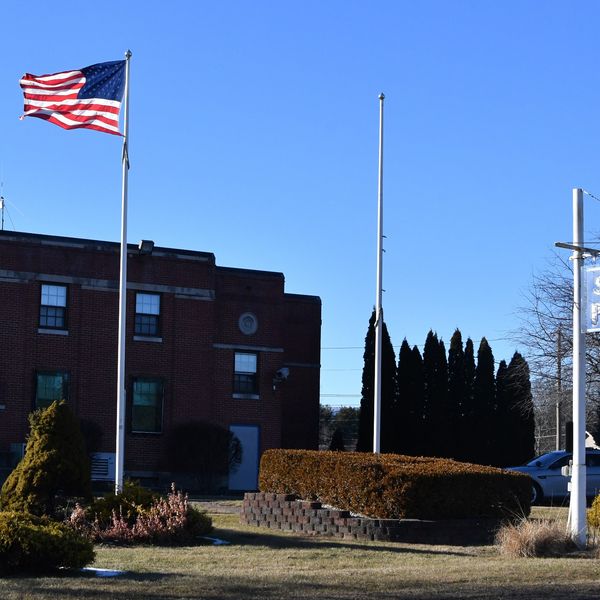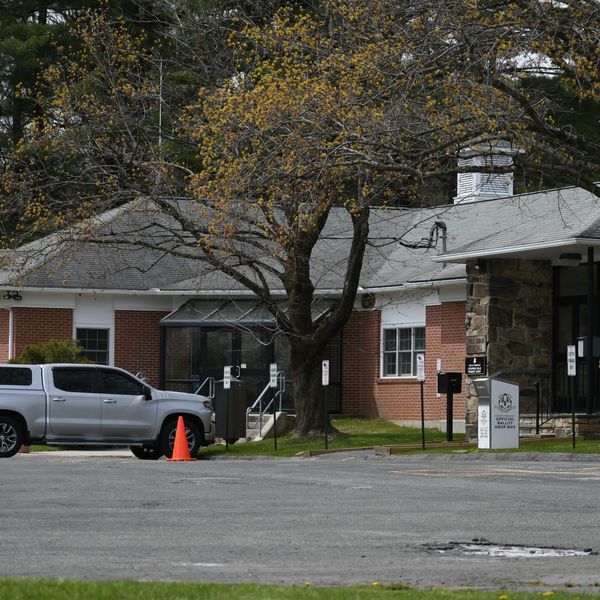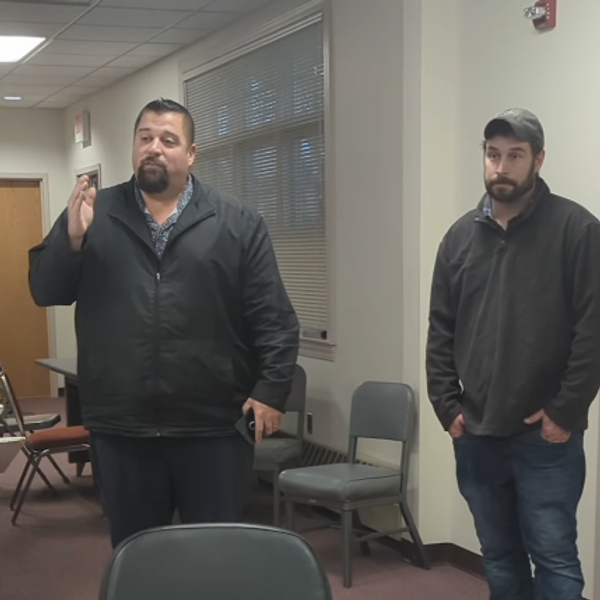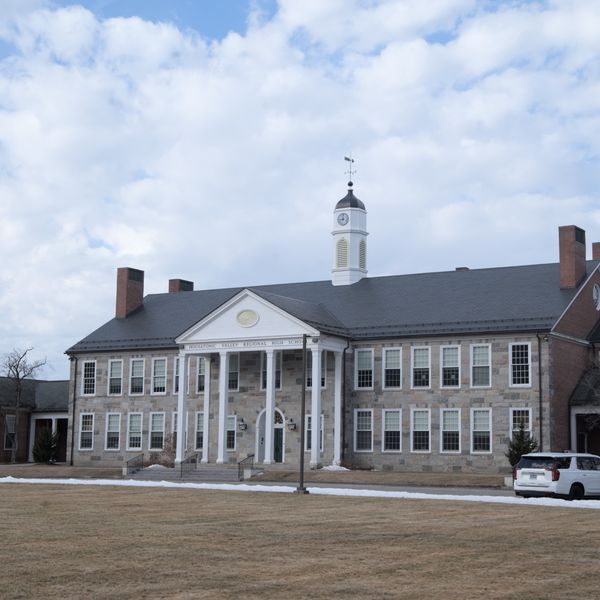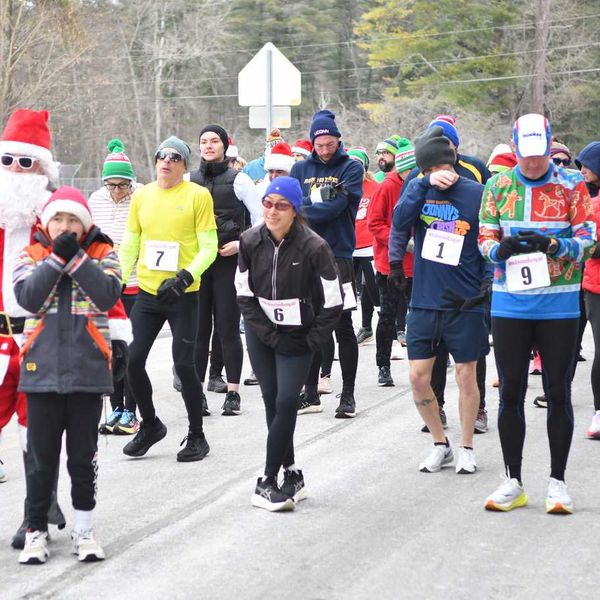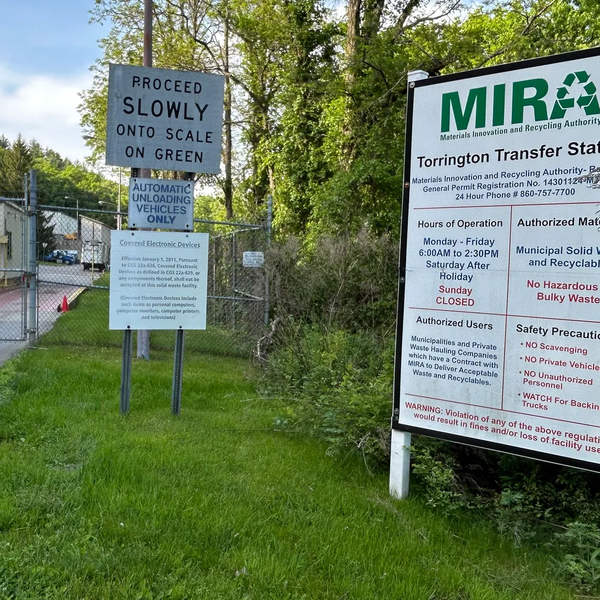Oppenheimer’s controversial legacy
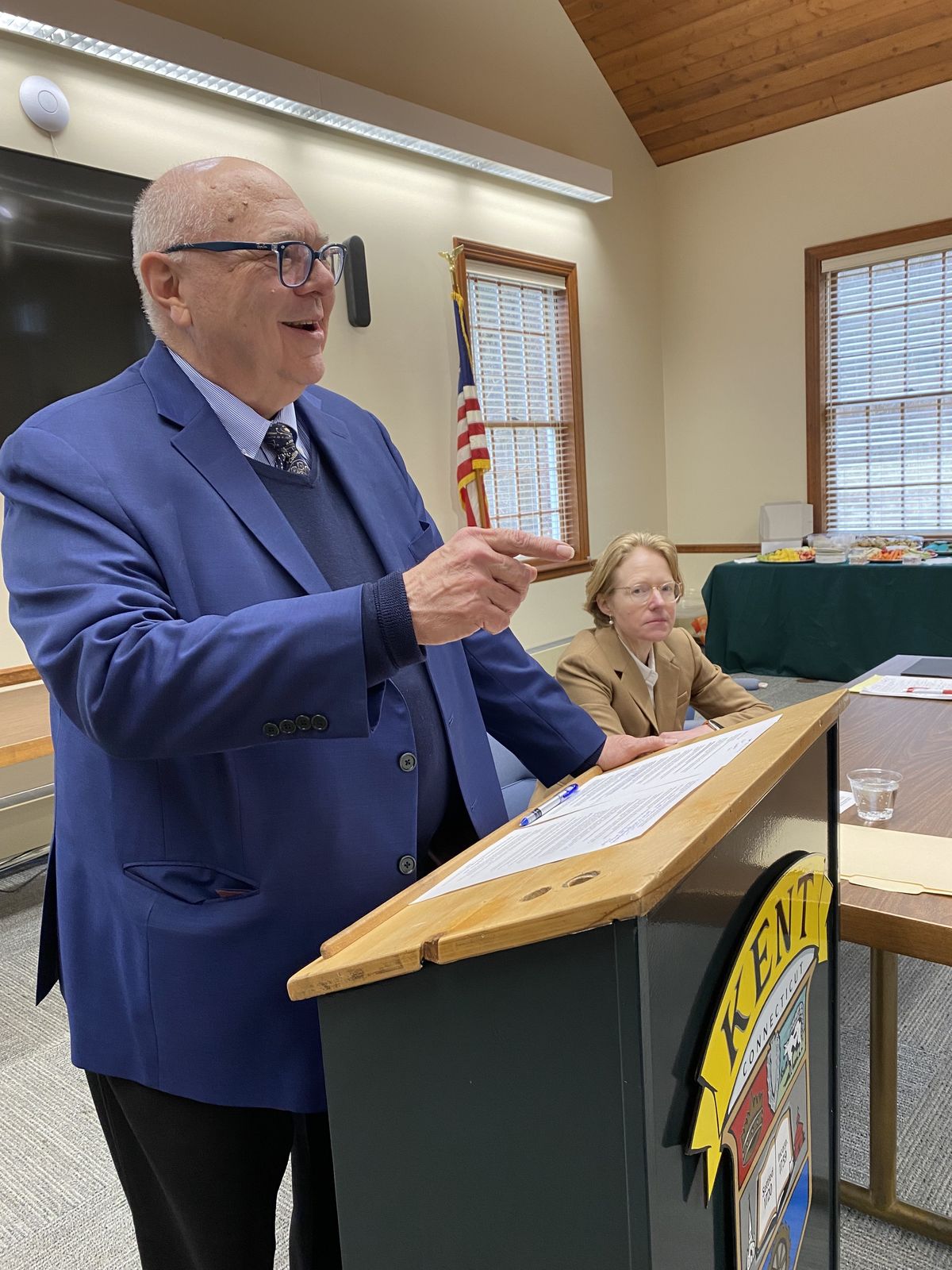
CIA veteran John Lauder drew on his experience in intelligence and arms control monitoring for a program at the Kent Town Hall Saturday, March 9. Seated is Kent native Sarah Chase, who served as moderator for the discussion.
Leila Hawken
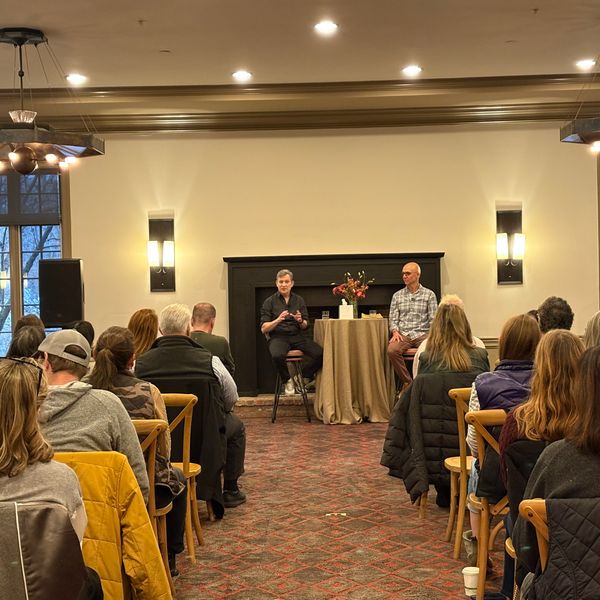
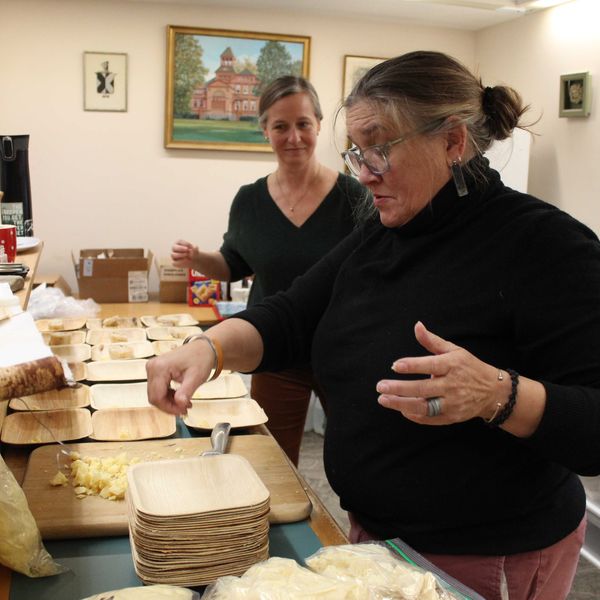
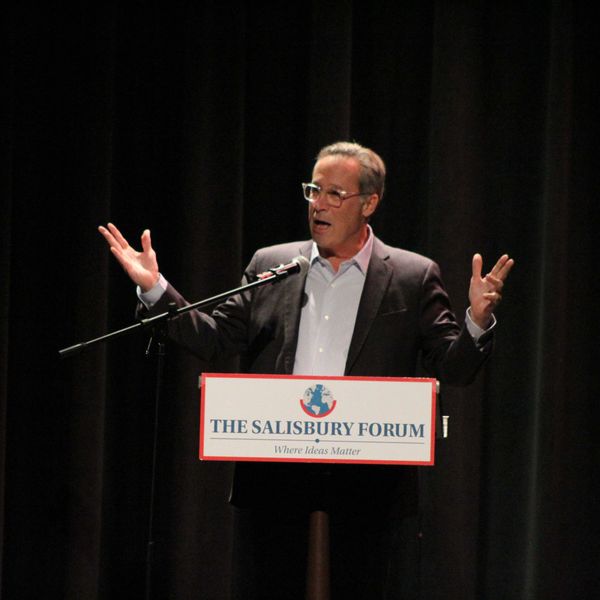
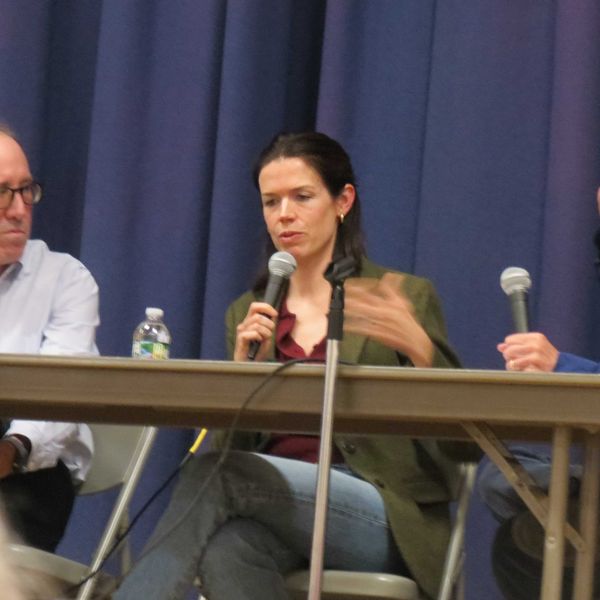

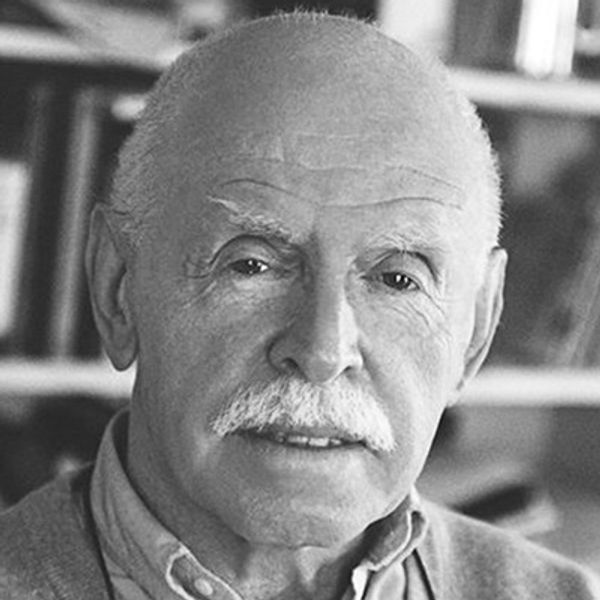
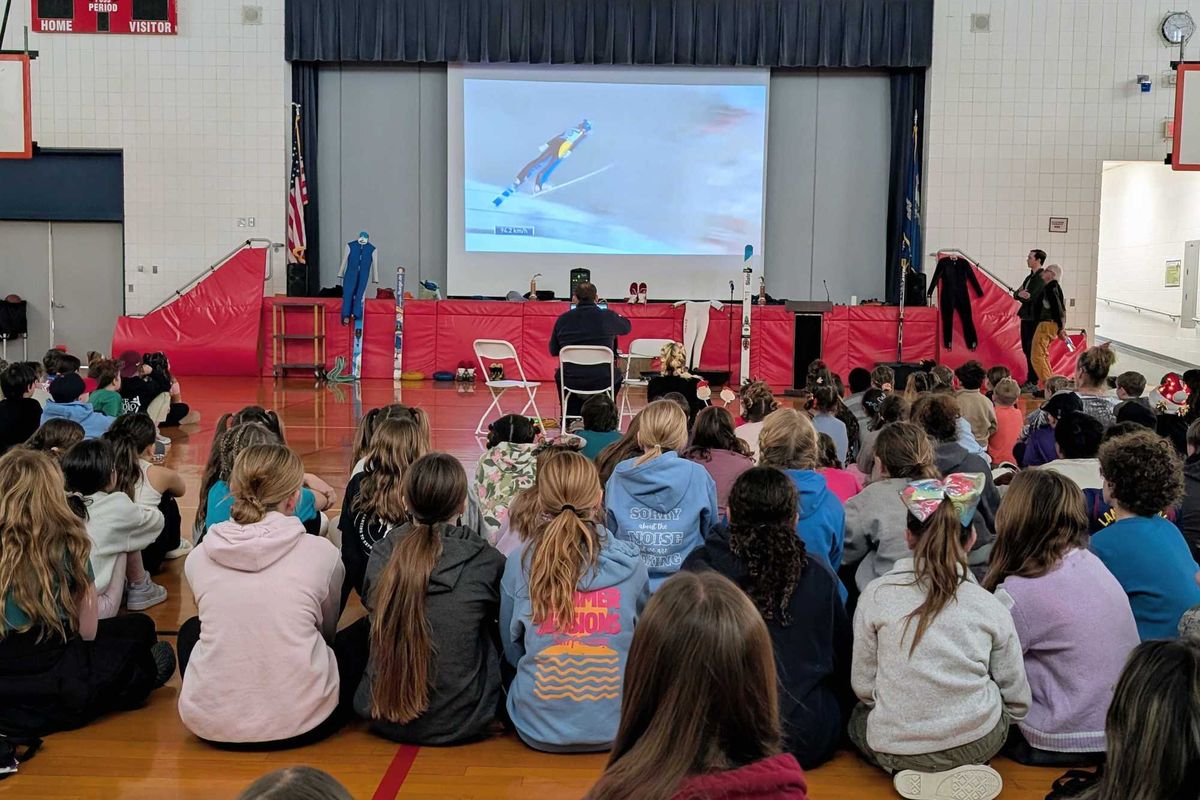
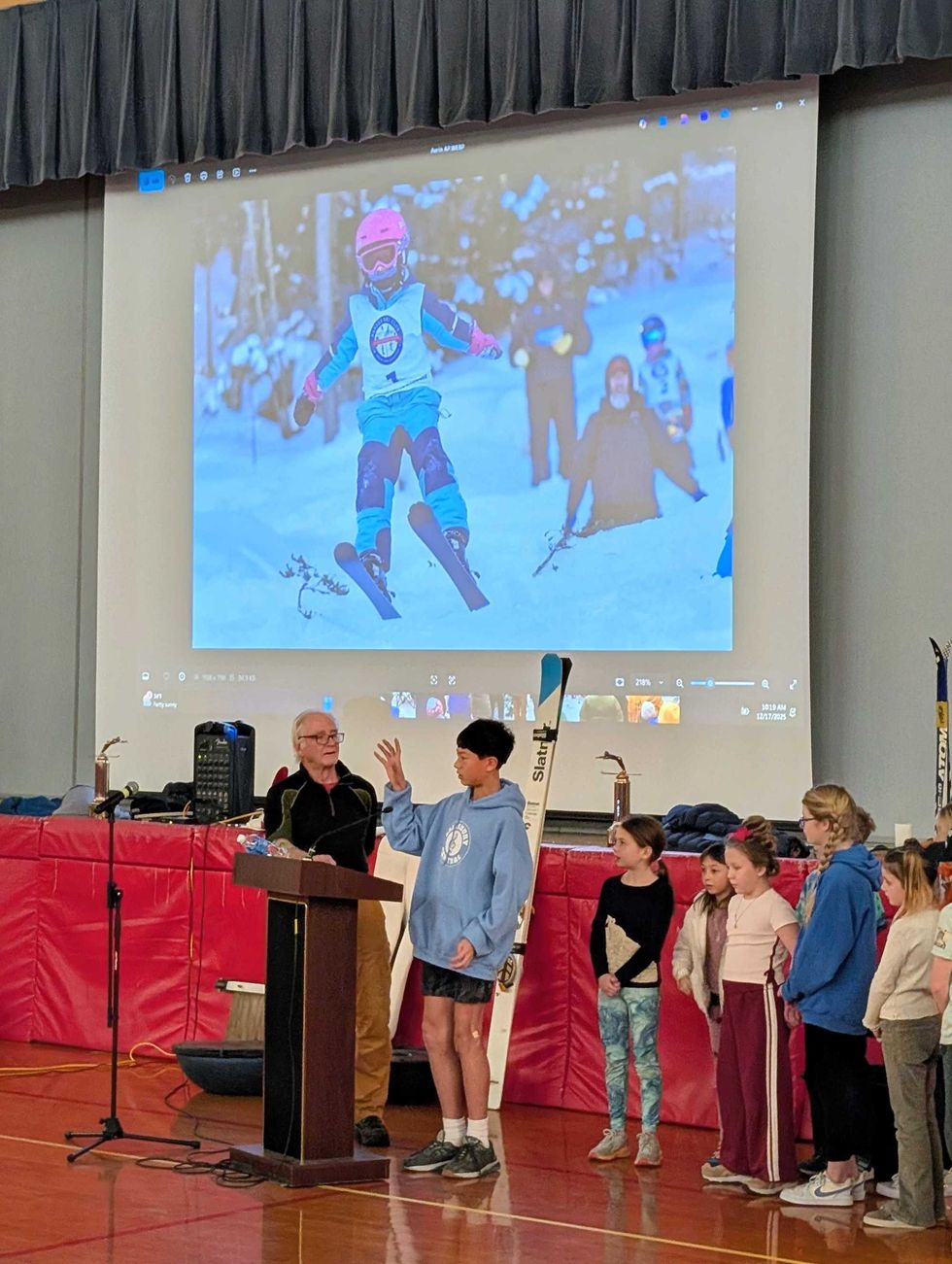 Students at the assembly with Salisbury Winter Sports Association on Dec. 17By Riley Klein
Students at the assembly with Salisbury Winter Sports Association on Dec. 17By Riley Klein 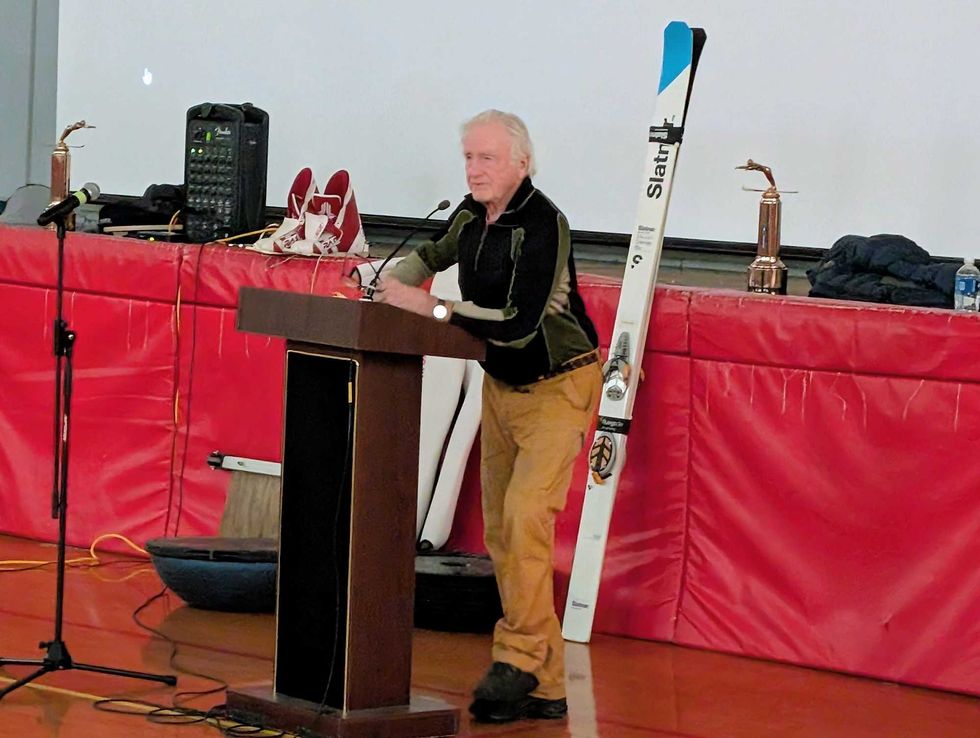 Former U.S. Olympic ski jumping coach Larry Stone, of Salisbury, led the assembly Dec. 17.By Riley Klein
Former U.S. Olympic ski jumping coach Larry Stone, of Salisbury, led the assembly Dec. 17.By Riley Klein 
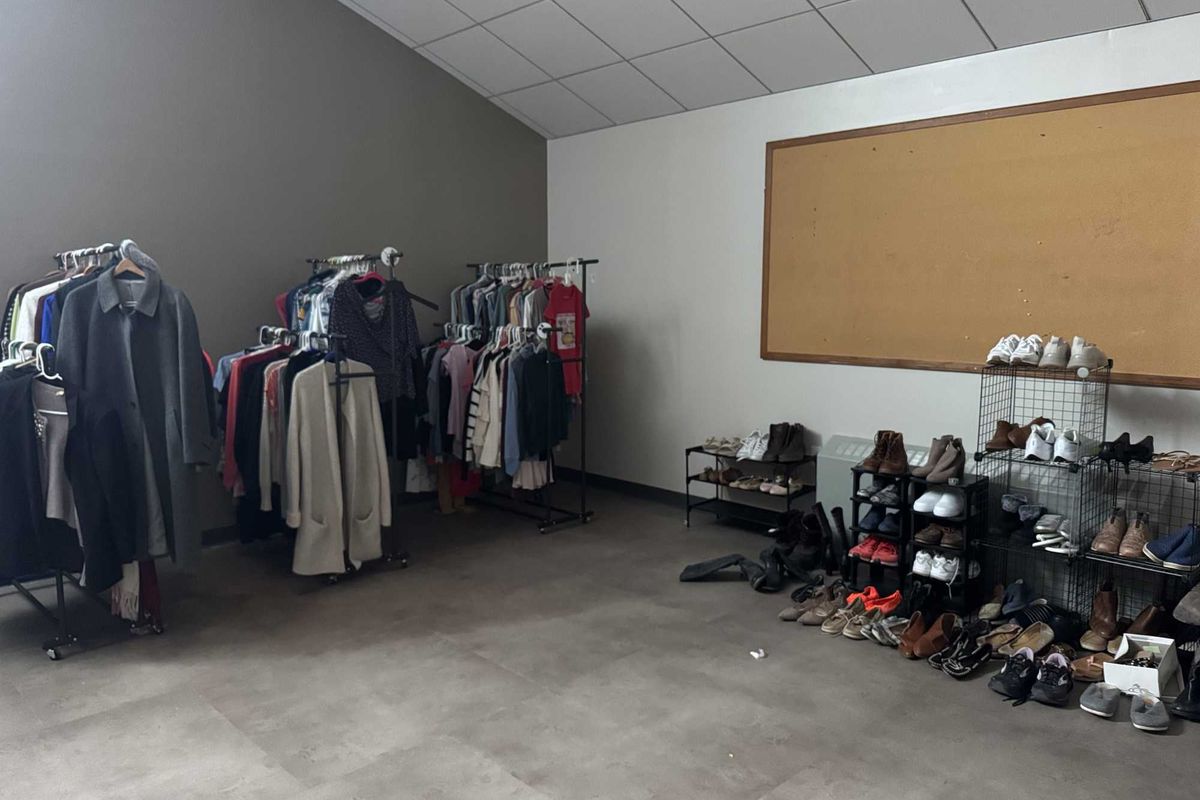
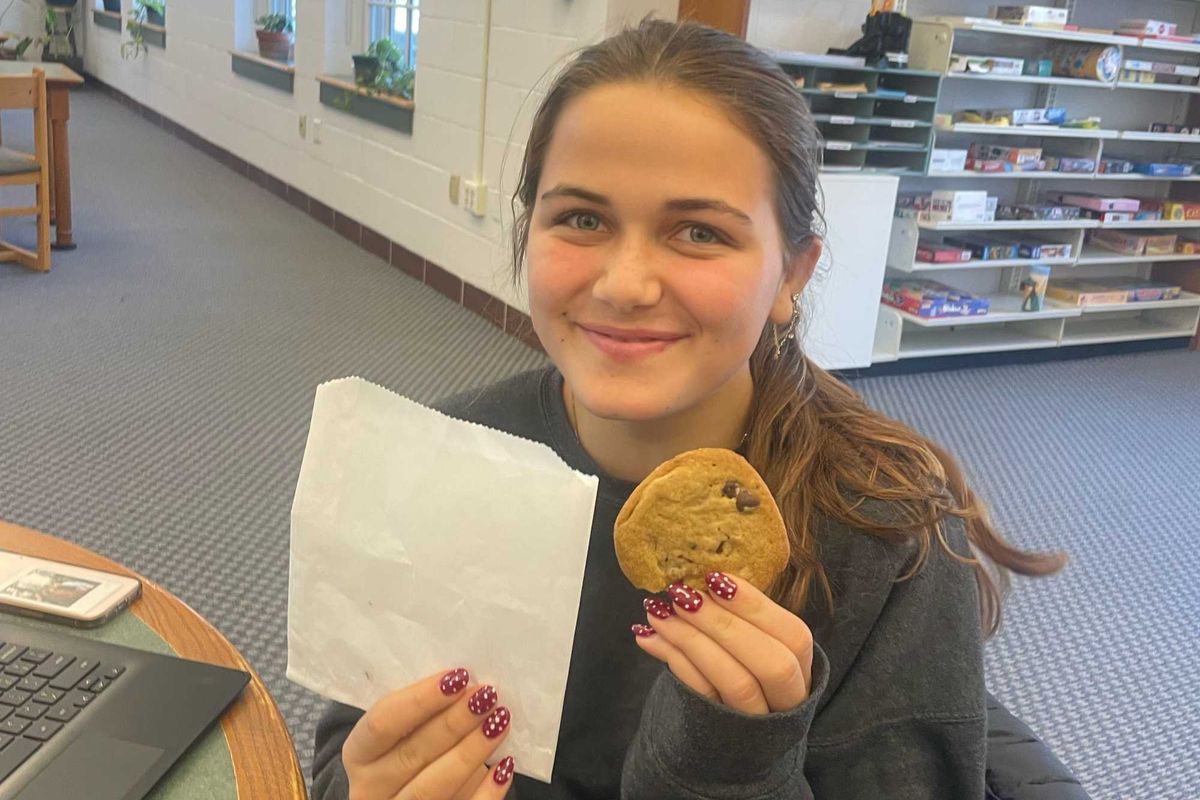
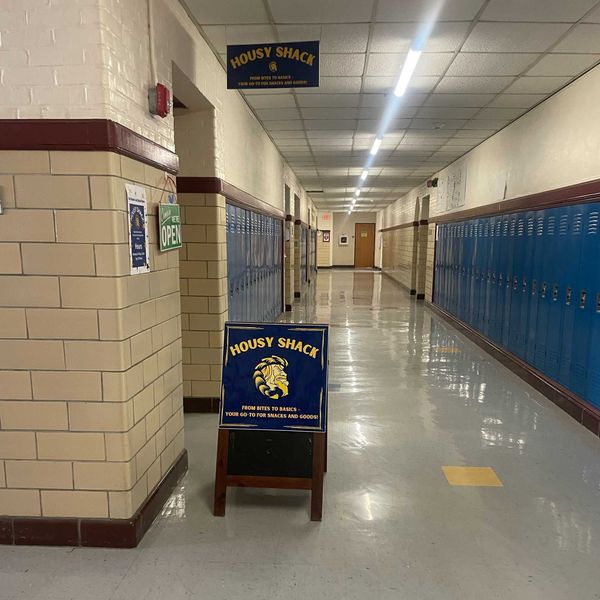 The Housy Shack open sign, welcoming customers in for cookies.Anna Gillette
The Housy Shack open sign, welcoming customers in for cookies.Anna Gillette 